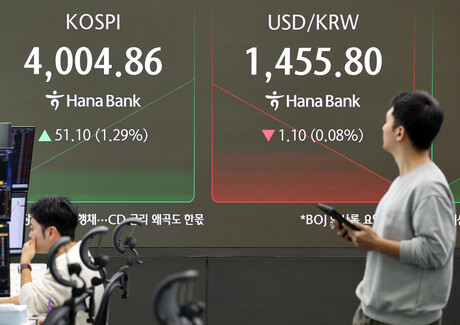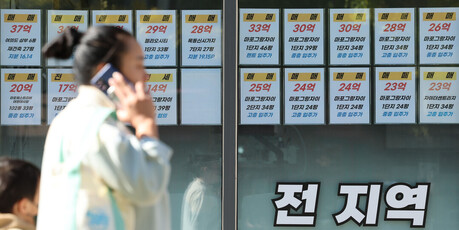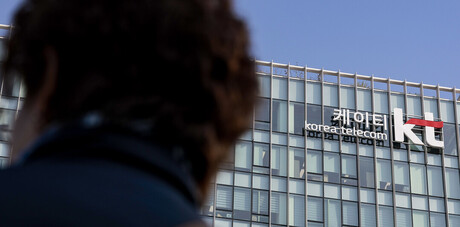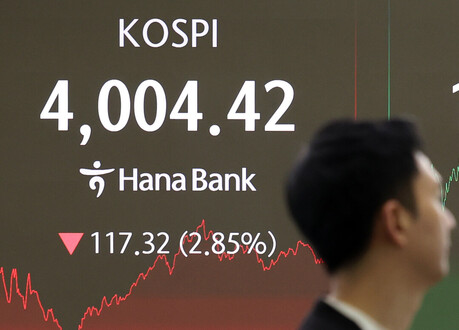When it comes to exploring the vibrant city of Seoul, South Korea, one cannot ignore the importance of its efficient and extensive train system. The Seoul trains provide both residents and tourists with a convenient and cost-effective mode of transportation to navigate the city's bustling streets. In this comprehensive guide, we will delve into the intricacies of Seoul's train system, highlighting its features, benefits, and essential tips for making the most of your journey. So hop on board as we embark on an exciting adventure through the heart of Seoul!
A Brief Overview of Seoul's Train System
Seoul boasts a highly advanced train network, consisting of various lines and services that connect different parts of the city. The Seoul Metropolitan Subway, operated by Seoul Metro and Seoul Metropolitan Rapid Transit Corporation, is the backbone of this system. It encompasses a vast web of lines, including numbered lines (1-9), sub-lines, and other specialized lines, catering to the diverse transportation needs of the city's residents and visitors.
Advantages of Using Seoul Trains
Seoul trains offer numerous advantages, making them an ideal choice for traversing the city:
Efficiency: With its extensive coverage and regular train schedules, the Seoul train system ensures efficient travel, minimizing waiting times and providing a reliable means of transportation.
Accessibility: The stations are strategically located throughout Seoul, making them easily accessible from various points in the city. Moreover, many stations are equipped with facilities to accommodate individuals with disabilities, ensuring inclusivity.
Cost-effectiveness: Compared to other modes of transportation, such as taxis or private cars, using Seoul trains is a budget-friendly option. The fare system is based on distance, and by utilizing T-money cards, passengers can enjoy discounted fares and seamless transfers between different lines.
Safety and Security: Seoul trains prioritize passenger safety, with vigilant security measures in place. Surveillance cameras, emergency call buttons, and well-trained staff contribute to a secure and comfortable journey.
Types of Seoul Trains
Seoul's train system encompasses various types of trains, each serving specific purposes:
Metropolitan Subway: The Seoul Metropolitan Subway consists of numbered lines (1-9) and offers the most extensive coverage throughout the city. It serves as the primary mode of transportation for daily commuters, tourists, and residents.
Sub-Lines: Sub-lines are smaller-scale trains that operate within the larger subway lines. These sub-lines provide more localized access to specific neighborhoods or attractions, making them convenient for exploring Seoul's diverse districts.
Airport Express Trains: For travelers arriving or departing from Incheon International Airport, the Airport Express Trains provide a direct connection to Seoul's city center. These trains offer speed, comfort, and convenience, ensuring a hassle-free transit experience.
Essential Tips for Navigating Seoul Trains
To make the most of your Seoul train experience, consider the following tips:
Plan Your Route: Before setting off, familiarize yourself with the subway map and plan your route accordingly. Several smartphone apps and websites provide real-time information on train schedules, delays, and the fastest routes to your destination.
Purchase a T-money Card: The T-money card is a reloadable smart card that can be used across various public transportation systems in Seoul, including trains, buses, and even taxis. By purchasing and using a T-money card, you can save money and enjoy a convenient and seamless travel experience.
Mind the Rush Hour: Seoul's trains can become crowded during peak hours, typically from 7:30 am to 9:30 am and 5:00 pm to 8:00 pm. To avoid the rush, consider adjusting your travel times or utilizing less busy lines.
Follow Train Etiquette: As a courtesy to fellow passengers, adhere to the train etiquette norms. Offer seats to those in need, refrain from loud conversations, and be mindful of personal space.
Exploring Seoul's Attractions via Train
Seoul trains provide excellent connectivity to the city's most prominent attractions, allowing you to effortlessly explore its cultural landmarks, shopping districts, and vibrant neighborhoods. Here are a few notable destinations that are easily accessible by train:
Gyeongbokgung Palace: Located near Gyeongbokgung Station (Line 3), this magnificent palace is a must-visit for history enthusiasts, offering insights into Korea's rich heritage.
Myeongdong: A paradise for shopaholics, Myeongdong's lively streets and trendy boutiques are within walking distance of Euljiro 1-ga Station (Line 2).
Hongdae: Known for its vibrant nightlife and thriving art scene, Hongdae can be reached via Hongik University Station (Line 2).
Conclusion
Seoul's efficient train system provides an excellent means of exploring this captivating city. From its extensive coverage to cost-effectiveness, the Seoul trains offer a plethora of advantages that make them the preferred mode of transportation for locals and tourists alike. By planning your routes, utilizing T-money cards, and following train etiquette, you can navigate Seoul's train system with ease, accessing the city's numerous attractions and immersing yourself in its unique culture. So, grab your map, board the next train, and embark on an unforgettable journey through the vibrant streets of Seoul!
[저작권자ⓒ CWN(CHANGE WITH NEWS). 무단전재-재배포 금지]



























![[구혜영 칼럼] 카르텔의 서늘한 풍경](/news/data/2025/11/03/p1065592872193525_800_h.png)





